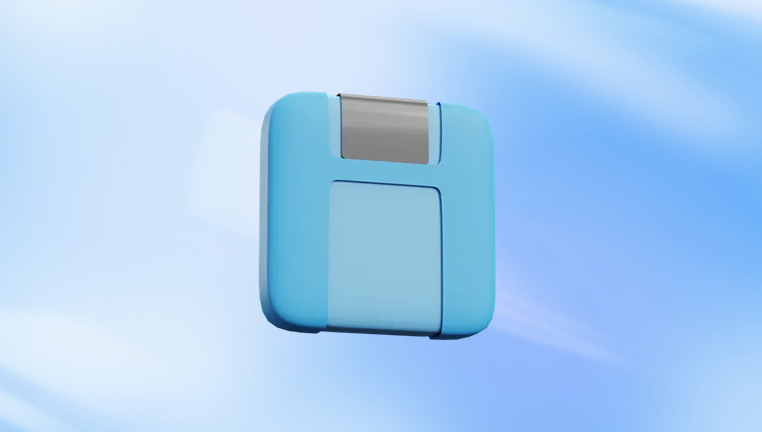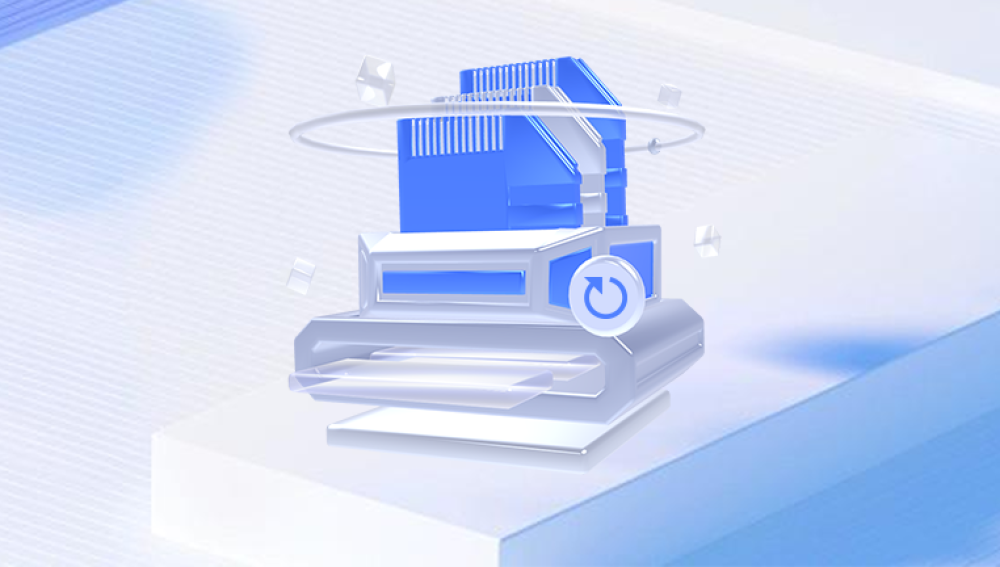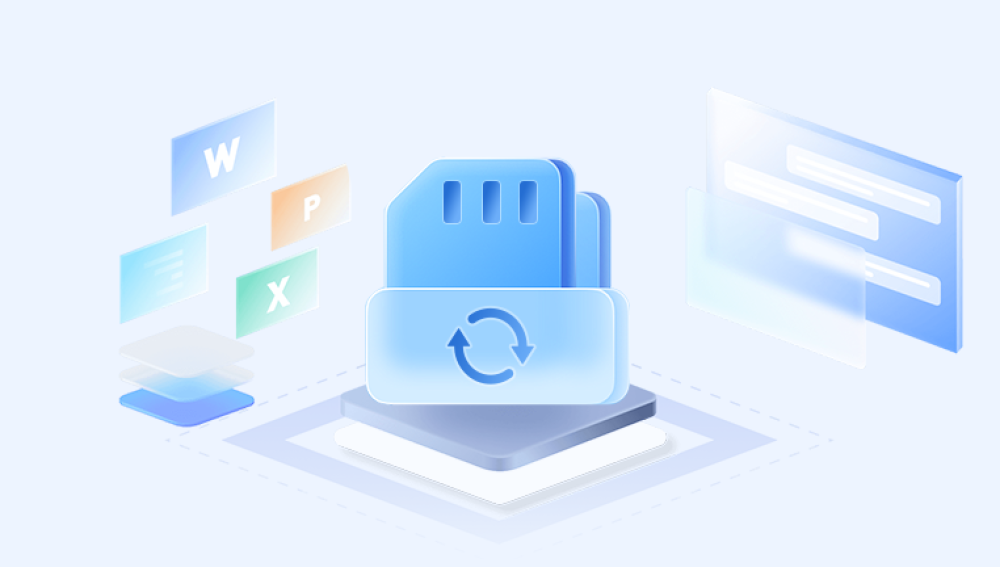They store everything from cherished family photos to important work documents and project files. However, like all storage media, SD cards are not immune to damage. Whether it’s physical wear, file system corruption, malware attacks, or improper ejection, a damaged SD card can render crucial data inaccessible. The good news is that in many cases, files from a damaged SD card can be retrieved through a series of diagnostic and recovery steps.
1. SD Card Damage
Before diving into recovery solutions, it's essential to identify the type of damage affecting your SD card. Damage can generally be categorized into three types:
Physical Damage: Broken connectors, cracked body, water damage.
Logical/Software Damage: Corruption of the file system, formatting errors, virus infections.

Electrical Issues: Power surges, improper ejection, or faulty card readers.
Each type of damage requires a different recovery approach. Begin with identifying symptoms such as the card not being recognized, error messages like "Please insert a disk into drive," or files appearing as 0 bytes.
2. Initial Troubleshooting
Start with basic troubleshooting steps to determine if the card is recoverable without special tools:
Try Another Device: Insert the SD card into a different card reader, computer, or mobile device.
Check the Card Reader: Faulty readers are a common culprit. Try another known-working reader.
Clean the Card: Gently wipe the gold contacts with a soft, dry cloth to remove dirt and dust.
Reboot the System: A fresh system start can sometimes resolve hardware detection issues.
If these steps don’t help, proceed to the more advanced recovery methods below.
3. Use Disk Management (Windows) or Disk Utility (macOS)
Use built-in OS tools to determine if your computer recognizes the SD card at a hardware level.
On Windows:
Insert the SD card.
Right-click on "This PC" > "Manage" > "Disk Management."
Look for your SD card. If listed without a drive letter, assign one by right-clicking and choosing "Change Drive Letter and Paths."
On macOS:
Open Disk Utility from Applications > Utilities.
Locate your SD card in the left panel.
If visible but grayed out, try mounting it manually.
If the card is detected but not accessible, avoid formatting it. Instead, try recovery software.
4. Use Command Prompt or Terminal to Access the Card
On Windows:
Open Command Prompt as administrator.
Type chkdsk E: /f (replace E: with your SD card’s drive letter).
Wait for Windows to fix any file system issues.
On macOS:
Open Terminal.
Type diskutil list to identify your SD card.
Run diskutil repairDisk /dev/disk2 (replace with your disk ID).
This may repair mild corruption and allow file access.
5. Data Recovery Software Solutions
If your SD card is logically damaged or mildly corrupted, data recovery software can help. Here are some reliable options:
Drecov Data Recovery
Supports recovery from damaged, formatted, or inaccessible SD cards.
Compatible with various file systems: FAT32. exFAT, NTFS.
Offers deep scanning, preview, and selective recovery.
Easy interface for beginners.
6. Advanced Solutions: Professional Data Recovery Services
If your SD card is physically damaged or not detected at all by any device, a professional data recovery service may be necessary.
What to Expect:
Cleanroom environments to prevent further damage.
Specialized tools to read broken memory chips.
Detailed diagnostics and recovery estimates.
Downsides:
Often costly ($100–$1000 depending on damage).
Recovery time ranges from days to weeks.
Look for certified and well-reviewed service providers.
7. Avoid Formatting (Unless Necessary)
Some OSes suggest formatting when an SD card is unreadable. Avoid formatting unless:
You’ve recovered all important files.
All recovery options have failed.
Even after formatting, recovery may still be possible using recovery software, but the chances decrease if new data is written to the card.
9. How to Prevent SD Card Damage
Prevention is better than cure. Here are ways to prolong your SD card’s life and minimize data loss:
Eject Properly: Always use “Eject” or “Safely Remove Hardware.”
Avoid Full Storage: Leave 10–20% free space.
Use Reliable Brands: Stick to known manufacturers.
Backup Regularly: Use cloud or external storage.
Avoid Frequent Writes/Deletes: Reduce unnecessary write cycles.
Protect from Heat and Moisture: Store in dry, cool places.
Use High-Quality Card Readers: Faulty readers can corrupt data.
Losing access to files on a damaged SD card can be distressing, but it’s not necessarily the end. With the right tools and methods, from built-in utilities to powerful software like Drecov Data Recovery, there's a strong chance you can retrieve your important data. Start with simple solutions and escalate to more advanced techniques or professional help as needed. Most importantly, take proactive steps to prevent damage and maintain regular backups to ensure your data remains safe in the future.




